
Navajo National Monument
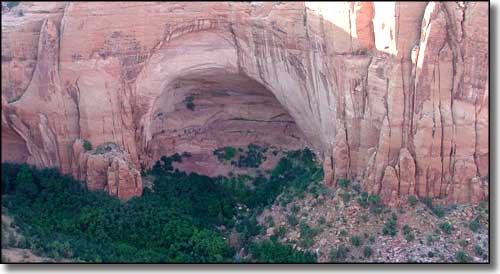
Betatakin, Navajo National Monument
Navajo National Monument preserves and protects 3 intact cliff dwellings from the Ancestral Puebloan (Hisatsinom) times. The Monument has a visitor center and museum, 2 small campgrounds, a picnic area, and 3 short self-guided trails along the canyon rims and overlooks. Tours of the cliff dwellings themselves are guided by Park Rangers (Betatakin and Keet Seel daily in the summer season, Betatakin only on weekends in other seasons, as the weather allows). The guided tour of Betatakin is a 5 mile round trip and takes 3-5 hours. The hike to Keet Seel is a 17-mile round trip and you'll need a backcountry permit. Inscription House has been closed to the public since 1968 (the structures are extremely fragile and any damage from visitation is permanent and can't be mitigated).
These cliff dwellings were built by ancestors of the Hopi. They include Keet Seel (Kawestima - the Hopi name), Betatakin (Talastima) and Inscription House (Tsu'ovi). Keet Seel was inhabited by members of the Flute, Fire and Bighorn Sheep Clans, Betatakin by members of the Fire, Flute, Deer and Water Clans, and Inscription House by members of the Sand, Rattlesnake and Lizard Clans. Several of today's Zuni clans originated here, too. Among the Hopi, Zuni, Navajo, and San Juan Southern Paiutes, these canyons are sacred land and are an essential part of their tribal and clan traditions.
This area was fist occupied around 1250 CE, although the real burst of construction didn't happen until 1272-1276. Construction then slowly tapered off and ground to a halt about 1286. Then the area was abandoned around 1300. At its height, there might have been 150 people living at Keet Seel, the largest of the 3 ruins.
It seems a bit funny that this is named "Navajo National Monument" when the dwellings here were abandoned well before the Navajo people arrived in the area...
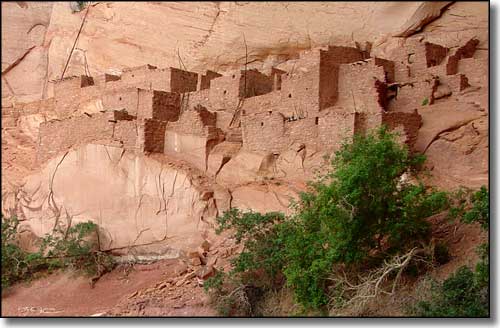
Betatakin Ruins
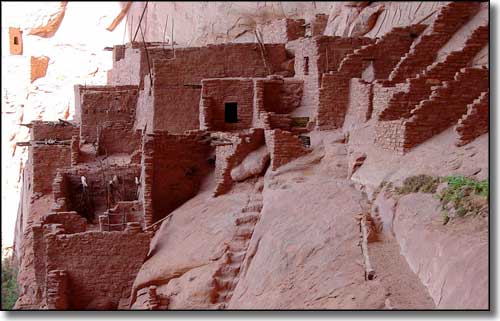
Betatakin Ruins
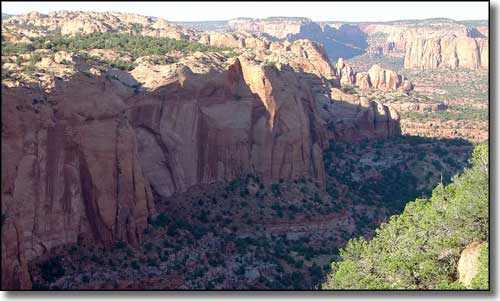
Betatakin Canyon
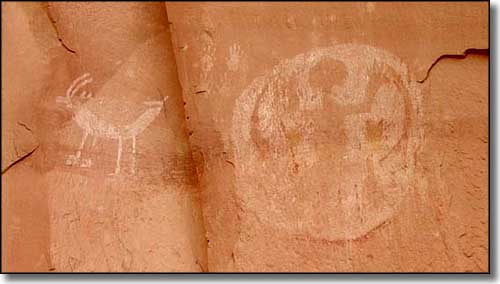
Hopi Fire Clan symbol (on the right), near Betatakin Ruins
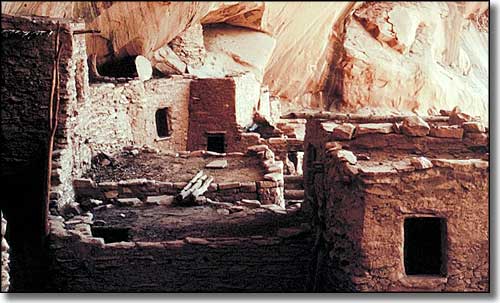
Closeup of the Keet Seel Ruins
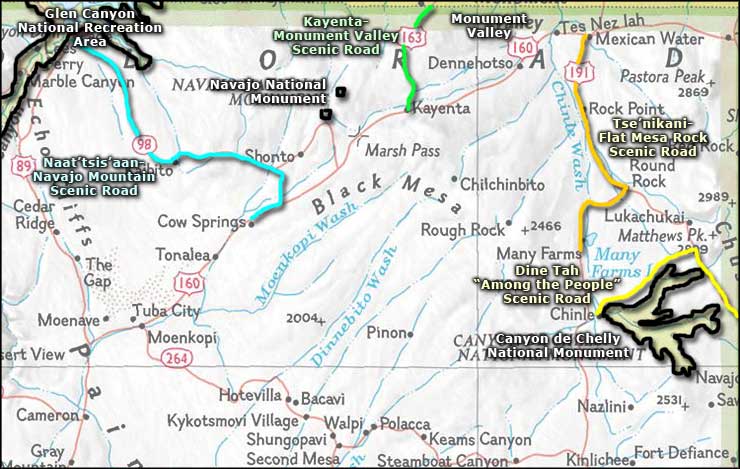
Navajo National Monument area map
